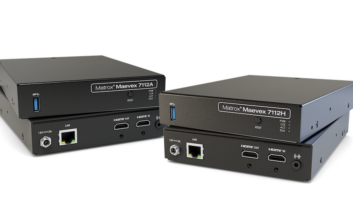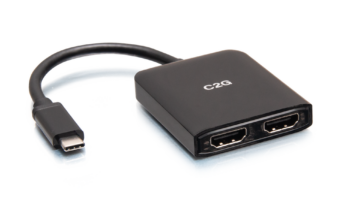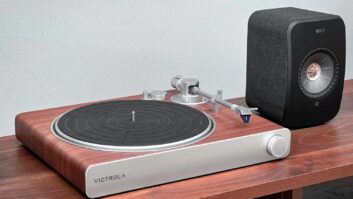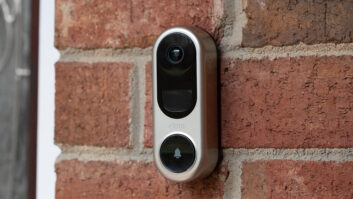NEW YORK – Typically sold as components in elaborate, professionally installed home-automation networks or as simple off-the-shelf DIY projects, videosurveillance systems have started coming in vogue as an alternative money maker for CE retailers.
Analysts and manufacturers said there are myriad reasons for CE dealers that have not already embraced the category to do so now, when the economy and competition are putting the squeeze on the bottom line of core-line categories.
“CE dealers who have not yet entered the home-security market should be considering it now because security is almost always a point of priority in a client’s project, and one of the last items trimmed off when downsizing,” said Robert Melendez, Lilin North America U.S. and Latin America national sales manager. “Quite simply, if they’re not in the market, they’re leaving dollars on the table.”
Keith Oldridge, Swann Security president, agreed, adding: “ROIs vary, but a typical return for retailers would be somewhere between 20 and 50 percent on the cost of sales. Three-quarters of Swann’s consumers do it themselves. In other words, they research the category, make the purchase and do the installation themselves. There is an opportunity for retailers to offer an up-sell or expanded service through installation. Manufacturers like Swann also offer an installation service with details included in the pack and online.”
Lilin’s Melendez, whose company specializes in systems for professional integrators, said retailers that want to succeed with video security should provide a good range of products and services to maximize revenue potential and keep customers satisfied.
“A bigger commitment/investment is necessary to convey the right message,” he said. “A surveillance system should always be set up by a professional. Depending on angles of cameras, networking issues, cable requirements, etc., a customer can become overwhelmed by the task at hand,” he said.
Industry watchers said today’s gloomy economic picture increases the risk of break-ins and home invasions, fueling customer demand. Beyond the typical home-entry cam, the category offers solutions for business owners looking to monitor inventory, parents wanting to look in on teenagers left home alone, or sleeping babies or even babysitters, among a host of other situations.
Today’s systems deliver the reassurance of being able to remotely access real-time or archived footage from a personal smartphone, tablet, laptop or even a smart TV, anywhere in the world.
“The biggest change in the video-surveillance market in recent years, and in home-automation technology in general, is the transition that has taken place from systems that had to be installed to more modular components that allow adding on pieces and capabilities over time,” said Ben Arnold, NPD Group industry analysis director. “The emergence of linking to mobile devices, Wi-Fi and improvements in ease of use really has home video security and home automation poised to gain traction.”
The ability to make a home more secure from break-ins and robberies was the top driver overall (37 percent) among consumers with smartphones and tablets considering home-automation products, according to NPD research.
“Remote monitoring of a home or business is a real value-added benefit for purchasers of home-automation systems, and it underscores consumer-directed video security as a real growth area,” Arnold said.
For retailers, Mike Palazzolo, Samsung Techwin sales and marketing VP, said video-surveillance systems today are broad enough to provide a wide level of commitment options — from stocking off-the-shelf DYI kits, to providing complete home-automation networks and integration services.
Palazzolo suggested that retailers opting in to video surveillance would best serve themselves and their customers with strong service and sales support.
“The biggest challenge is product awareness, and making people aware of the peace of mind and ease of use home video surveillance can provide them,” he said. An investment in point-of-purchase advertising and sales training should pay off in higher tickets and satisfied clientele, he added.
Video-surveillance systems come with many capabilities and options, including wireless vs. wired rigs, with the former offering DIY convenience of setup and relocation, while wired systems can be used to cover more expansive locations and typically include cameras tethered to a DVR through cables or low voltage lines.
Wireless cameras today are mostly Internet Protocol (IP) based, and are more scalable for easy setup and expansion.













